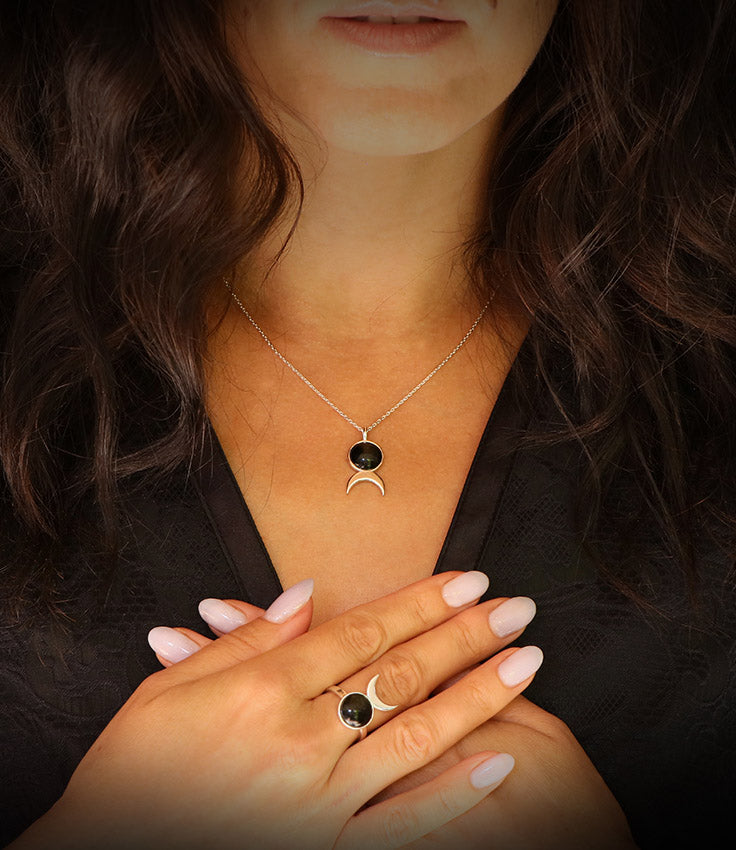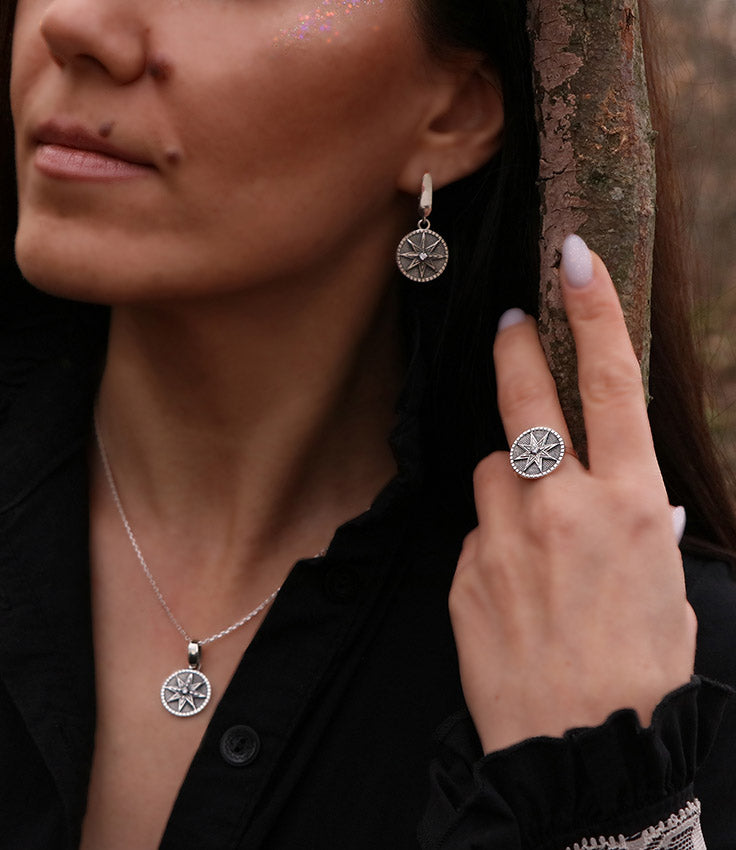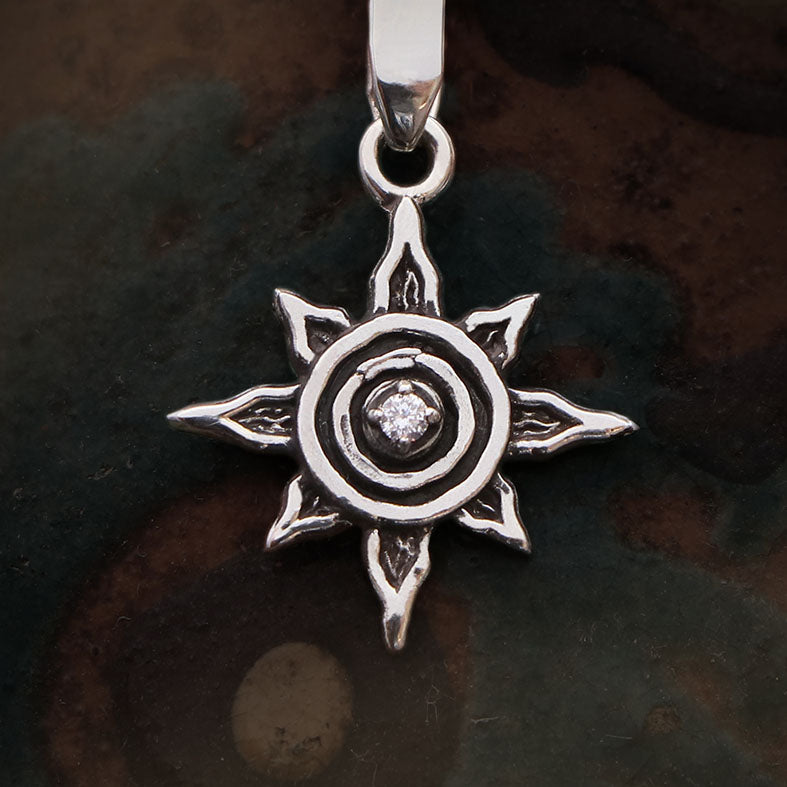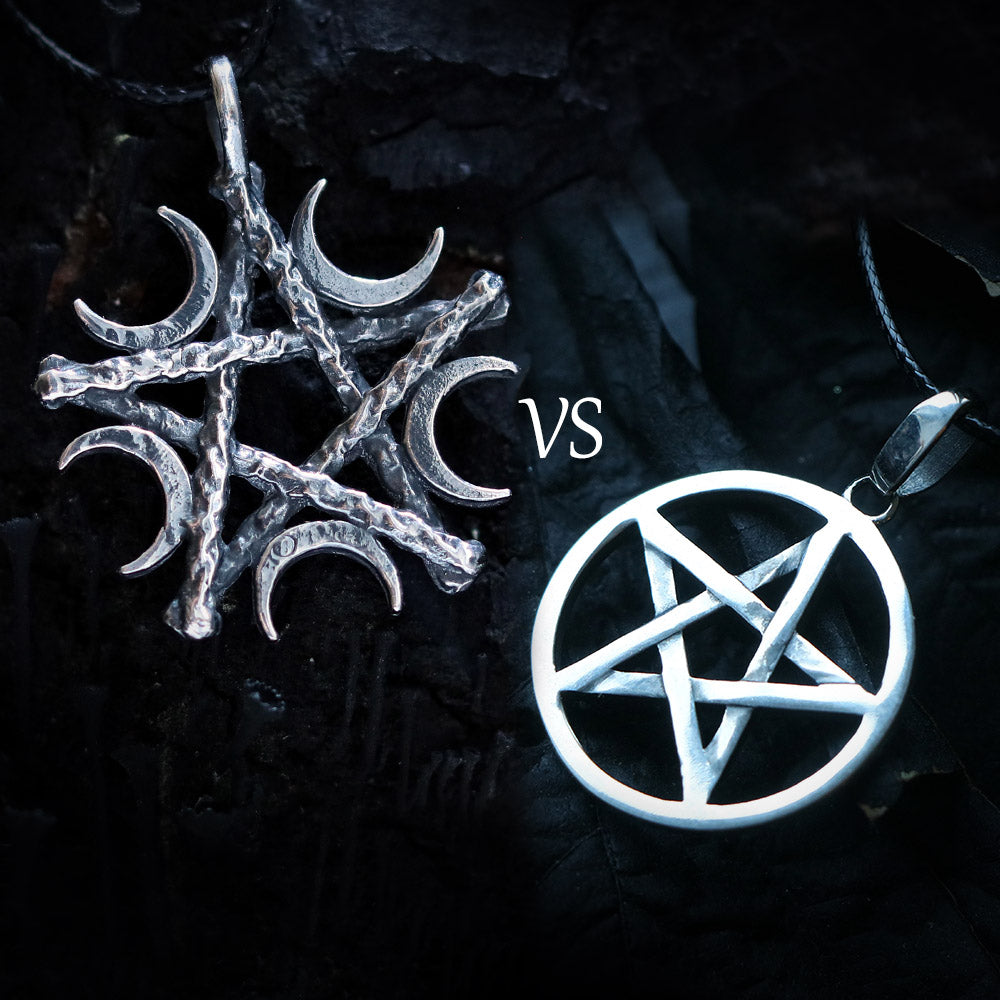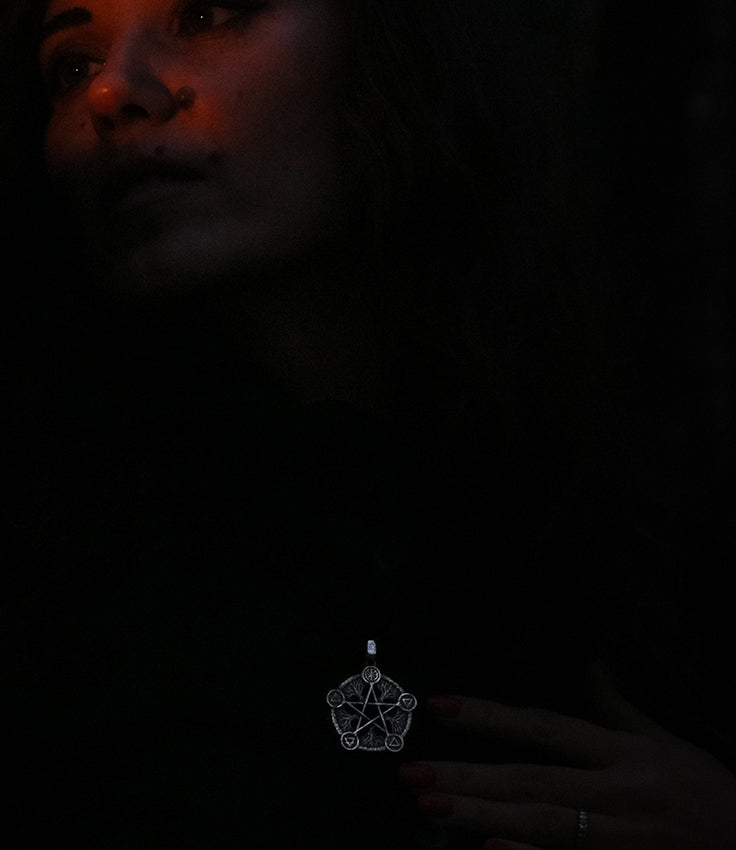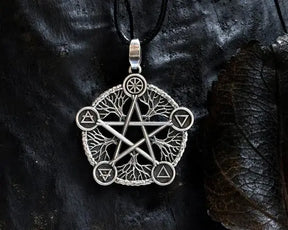Lapis Lazuli and Carnelian: The Celestial Stones of Ishtar
In the heart of ancient Mesopotamia, where the cradle of civilization thrived, a goddess of unparalleled power and grace reigned supreme. Ishtar, known as Inanna in Sumerian mythology, was the epitome of beauty, love, fertility, and warfare. She was revered, worshipped, and celebrated for her multifaceted dominion over the intricacies of human existence. Among the symbols and offerings dedicated to this formidable deity, none held as much significance as the exquisite Lapis Lazuli and the fiery Carnelian.
Lapis Lazuli, a captivating semi-precious gemstone, was chosen to represent the celestial qualities of Ishtar. Its name, derived from the Latin "lapis," meaning stone, and "lazulum," meaning sky or heavens, perfectly encapsulates its deep blue hue reminiscent of the boundless Mesopotamian sky. This vivid azure gemstone was deemed the earthly embodiment of the heavens, making it an ideal choice to honor the goddess of the stars.
Ishtar was often depicted adorned with Lapis Lazuli jewelry, her divine presence accentuated by the ethereal blue stones that adorned her garments and accessories. The symbolism was profound; Lapis Lazuli was believed to connect the earthly realm with the divine, acting as a conduit between mortals and the heavens. Its striking color was seen as a reflection of the cosmic realm that Ishtar presided over.
Carnelian, with its fiery orange and red hues, complemented the celestial Lapis Lazuli. This gemstone represented the vitality and passion that Ishtar brought to her roles as the goddess of love and war. The vibrant shades of Carnelian symbolized the fiery passions of life, including love and desire, and were often used alongside Lapis Lazuli in ancient Mesopotamian jewelry and art.
Beyond their aesthetic allure, both Lapis Lazuli and Carnelian held profound spiritual significance. Lapis Lazuli was considered a stone of truth and wisdom, attributes that resonated with the wisdom and fairness Ishtar brought to her role as a goddess. Carnelian, on the other hand, embodied the vitality and strength of the goddess in her various aspects.
Throughout the centuries, Lapis Lazuli and Carnelian remained integral parts of Mesopotamian culture and spirituality, closely intertwined with the worship of Ishtar. Their significance extended far beyond jewelry and adornments; they were embodiments of the goddess's celestial grace and divine influence on the lives of those who revered her.
In the annals of history, the bond between Ishtar and these captivating gemstones stands as a testament to the profound ways in which ancient civilizations intertwined their beliefs with the natural world. The vivid blue of Lapis Lazuli and the fiery allure of Carnelian, drawn from the depths of the earth, became bridges to the heavens, tangible links between mortals and the goddess of Mesopotamia. To this day, these stones continue to enchant and captivate, echoing the timeless legacy of Ishtar, the goddess of love, beauty, and the celestial realms.
Check out products related to the Ishtar Goddess, which are crafted in our Pagan Workshop, by following this link.

